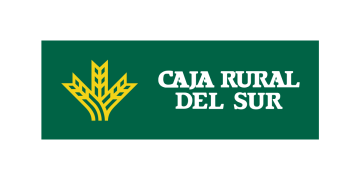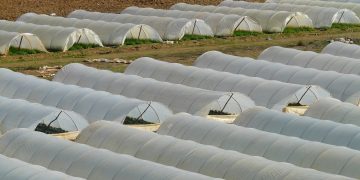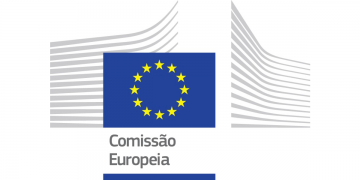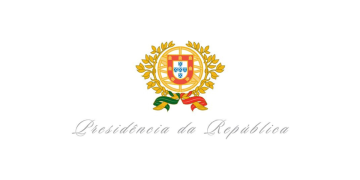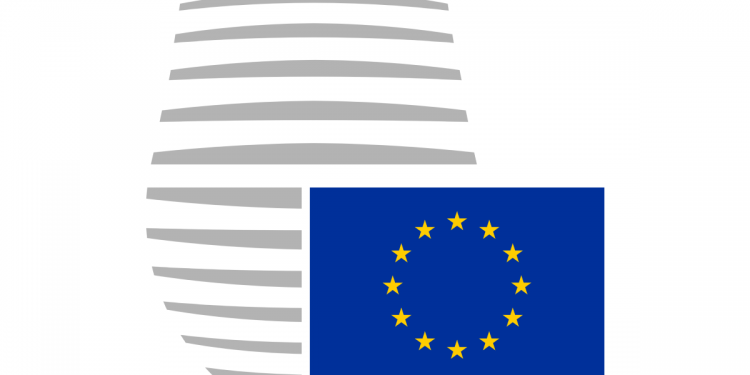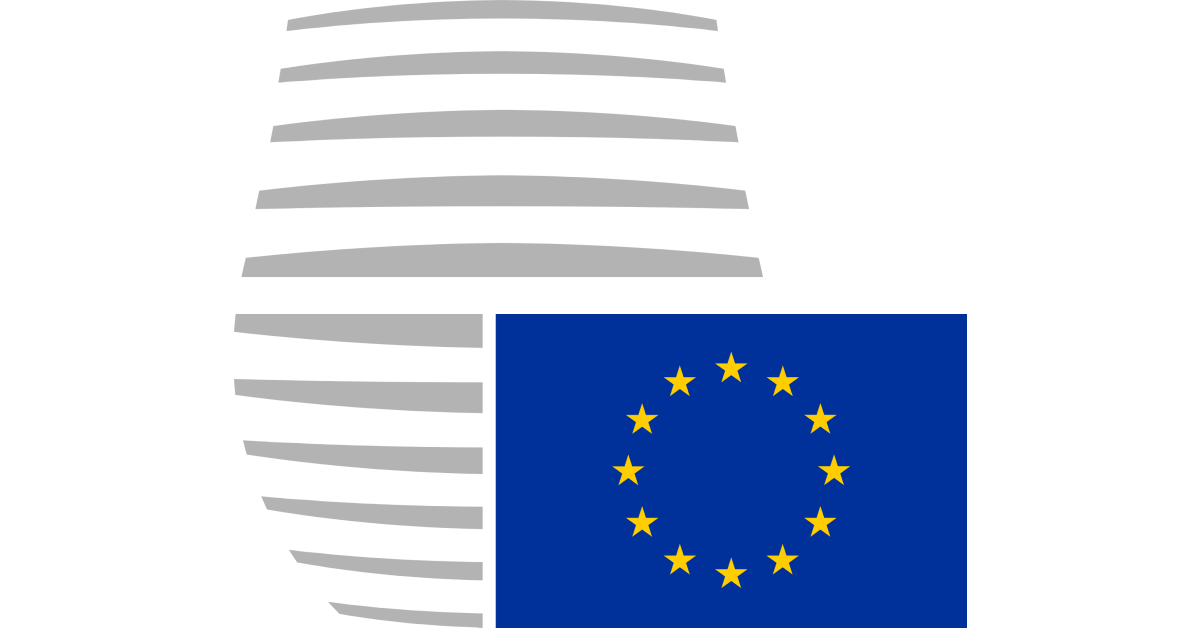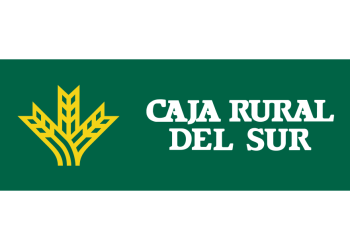The Council has today adopted the amendment of the habitats directive that changes the level of protection of the wolf from “strictly protected” to “protected”. This update aligns the directive with the updated Bern Convention, the international agreement for the protection plants and animals and habitats in Europe. The new status will give more flexibility to member states to manage the populations of wolves. Member states must, however, continue to ensure the wolf’s favourable conservation status and may continue to list the wolf as a strictly protected species in national legislation, and to have stricter measures in place for its protection.
Next steps
Following the Council’s approval, the legislative act has been adopted.
It will be published in the Official Journal of the European Union and will enter into force on the 20th day following its publication.
Background
The conservation status of the wolf has shown a positive trend over the last few decades. According to a 2023 European Commission study, the species has successfully recovered across the European continent, and the estimated population has almost doubled in 10 years (from 11 193 in 2012 to 20 300 in 2023). However, this continued expansion has led to socio-economic challenges, in particular as regards coexistence with human activities and damage to livestock. According to the latest available data from member states, wolves are estimated to kill at least 65 500 heads of livestock each year in the EU.
The Bern Convention, which was adopted in 1979 and entered into force in 1982, is an international treaty under the aegis of the Council of Europe which aims to ensure the conservation and protection of wild plant and animal species and their natural habitats.
To this end, the convention imposes legal obligations on contracting parties, protecting over 500 wild plant species and more than 1 000 wild animal species. Its decision-making body, the Standing Committee, meets every year in Strasbourg. The EU and its member states are parties to the Bern Convention.
O artigo foi publicado originalmente em Conselho Europeu.


